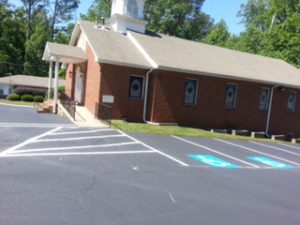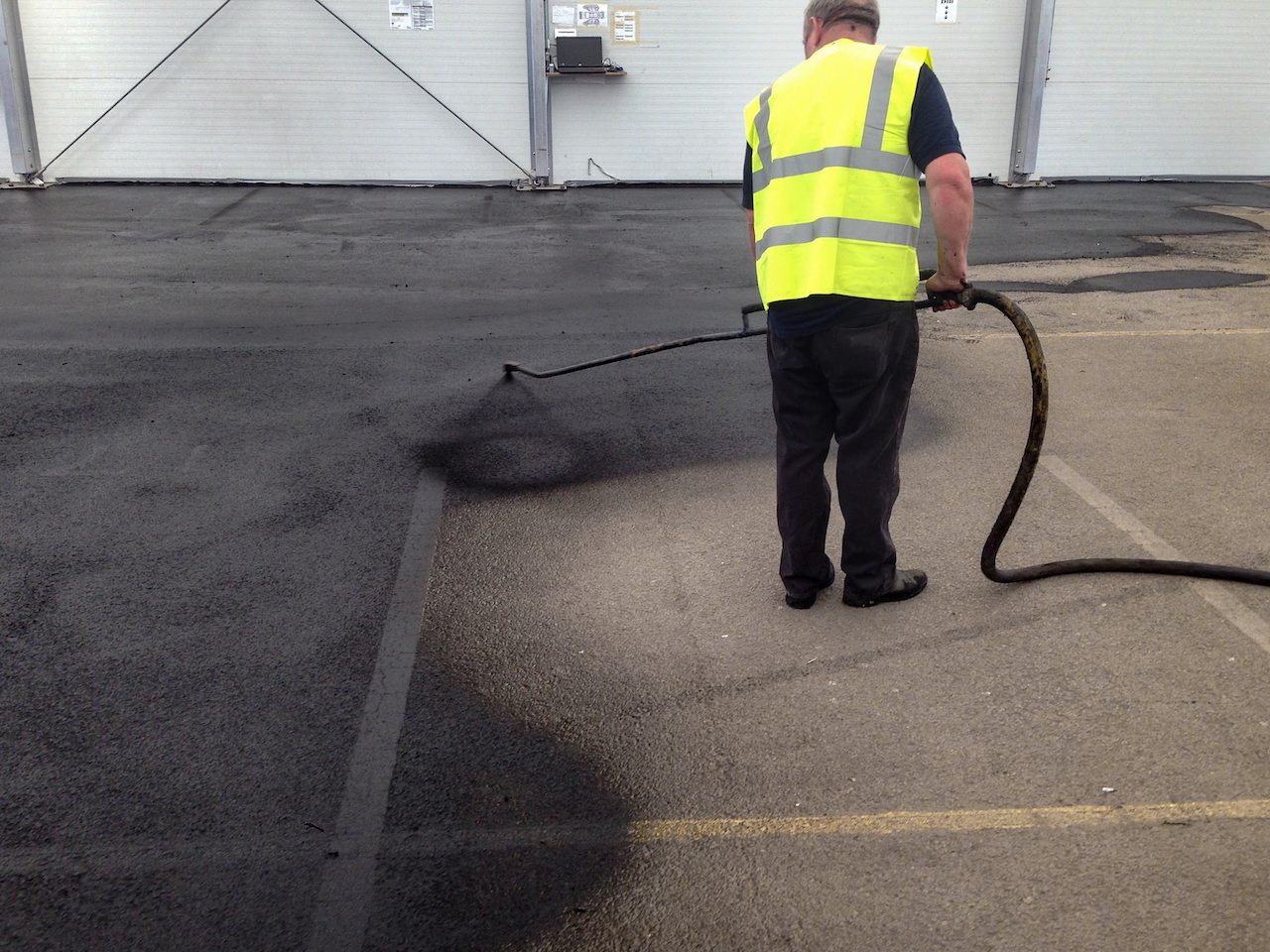
Paving Maintenance & Tire Scuffing – The Causes
The greatest risk of scuffing occurs during the pavement’s first summer. Hot, humid weather increases the likelihood that tire scuffs will appear on freshly installed asphalt pavement.
• During summer, all pavement heats up. Vehicles operating on nearby streets and highways will turn onto your pavement with tires that have also grown hotter. Since the hot weather has made your pavement more vulnerable, the tires on vehicles driving on your pavement will have less trouble leaving marks behind.
• The length of time that your pavement was allowed to cure before it was opened to traffic can be a factor. When conditions are hot and humid, it may take longer for newly installed asphalt to cure. Asphalt pavement tends to become more resistant to tire scuffing after it has cured thoroughly.
• If you asked your contractor to install pavement with a tight, smooth, attractive surface, he would have prepared a mix that contained smaller pieces of stone and more sand. These mixes are typically more sensitive when warm, making them more inclined to develop scuff marks during the first summer that the pavement is in use.
Other factors that can contribute to tire scuffing are not necessarily related to the weather. Although hot weather may make scuffing more likely, tire scuffing from the following can occur in any season.
• Whether they are trying to maneuver their vehicles into a tight space or just accidentally turn the steering wheel, moving the front wheels of a vehicle while it is not in motion can result in scuff marks on the pavement. If the car is equipped with front-wheel drive and power steering, tire scuffing is virtually inevitable if the wheels are turned while the car is stationary.
• Low-profile tires place more stress on the pavement. These tires are often chosen by drivers who want to improve cornering and overall handling. Standard tire pressure for these tires is higher than for other tire designs. The higher tire pressure and the nature of their profile make it easier for low-profile tires to leave scuff marks.
• Over the years, the asphalt industry has adopted new techniques to improve the durability of asphalt pavement. One such change involves the use of a specific asphalt cement that can reduce cracking, but it also makes the pavement more susceptible to scuffing.
Unless the pavement has developed alligator cracking, potholes or other signs of damage, the best thing you can do is to live with the scuff marks. If you truly need to reduce the chances of tire scuffing, flooding the pavement with water or applying sand to areas of high or heavyweight traffic may help. Aggressive cleaning, however, may result in permanent damage to the pavement’s surface.
Do You Need Help to Keep Your New Pavement Healthy?
MH Greeson Paving is a Marietta, GA based contractor specializing in the repair and maintenance of asphalt pavements. Our services include parking lot striping, asphalt sealing, crack repairs, asphalt patching, parking lot signs, pavement markings, bollards, maintenance plans and car stops. Our company is known for delivering long-lasting work and personal attention at affordable prices. If you have more questions about Paving Maintenance & Tire Scuffing, or would like a free estimate, fill out the online form or call our office at (770) 335-2983.




